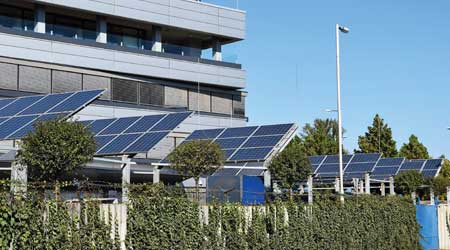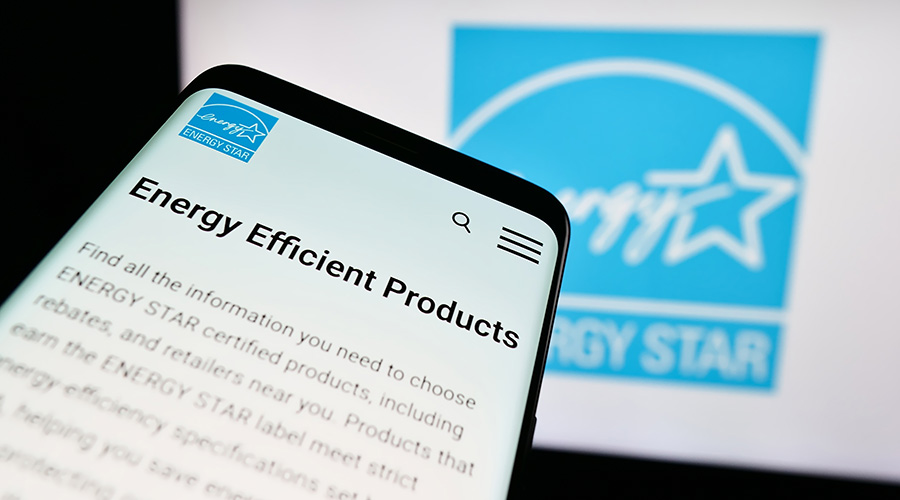How to Finance Solar PV Projects
From PACE to PPAs, solar financing mechanisms are abundant these days. Here's how to get the right one for your organization.
Putting solar on your building doesn’t have to be a large upfront cost. In addition to PACE, there are other ways to finance a solar PV system. A solar lease or power purchase agreement (PPA) often requires little to no upfront cost. With a lease or PPA, a solar developer installs the solar panels on the building, and sells the solar power they produce to the building owner at a lower rate than what the utility can typically provide, meaning the energy savings are higher than the monthly lease payments or PPA price. An added benefit is that the solar developer handles all of the maintenance on the solar system.
Another option is an energy savings performance contract (ESPC). An ESPC allows a building owner to make improvements that reduce energy and water use without tapping into capital budgets.
Through an ESPC, an energy service company (ESCO) pays all the costs of purchasing and installing an energy upgrade such as a solar PV system. The ESPCs are usually based on a 10- to 20-year financing term. The cost savings are passed on to the ESCO for the term of the contract to pay for the cost of the upgrade. At the end of the contract, the customer owns all of the improvements and receives all of the continuing savings.
Similar to the PACE program, pairing a solar PV system with low-cost efficiency measures will improve the economics even further.
An additional benefit to an ESPC is that the ESCO can guarantee that the new equipment (e.g., solar PV system) will generate savings for the payback period of the loan. With guaranteed savings, if a piece of equipment fails during the payback period of the project, the ESCO is responsible for replacing it. Thus, if actual savings are lower than guaranteed in any given year, the ESCO reimburses the owner for the shortfall.
What’s next?
Once you have solar panels on your building, you might consider going a step further and adding storage to your solar system. This is especially worth considering in locations with high demand charges or time-of-use rates. Storage can help flatten out your demand profile; in other words, you can pull electricity from the batteries to avoid peak demand charges or using electricity from the grid during a time of high rates. And it could make your building more resilient in the case of power outages if it is designed with islanding capabilities.
And if you really want to show that your company is leading the industry in terms of sustainability, you can go net zero. This is especially worth considering for new construction projects and buildings that are less than three stories. However, even retrofitting to net zero can be economical if done over time.
So, while it makes sense to invest in solar for your building now, you don’t have to stop there. Existing commercial buildings consume 36 percent of all electricity in the United States and are responsible for more than $190 billion in energy costs every year. You can lower your energy costs, improve your green image, and reach your sustainability targets cost-effectively through efficiency, solar, and storage.
Alisa Petersen (apetersen@rmi.org) is a senior associate on Rocky Mountain Institute’s buildings team. She currently works on the city renewables accelerator program, helping cities achieve their aggressive renewable energy targets. Laurie Stone (lstone@rmi.org) is the program marketer for Rocky Mountain Institute’s buildings program and the senior writer/editor.
Related Topics:













